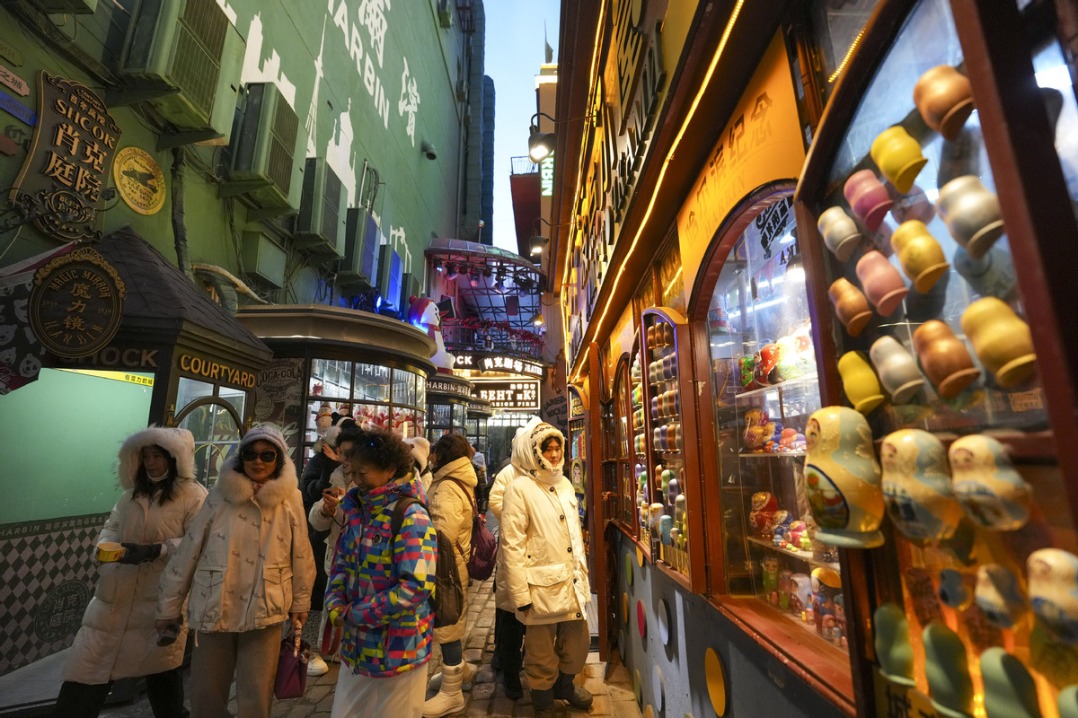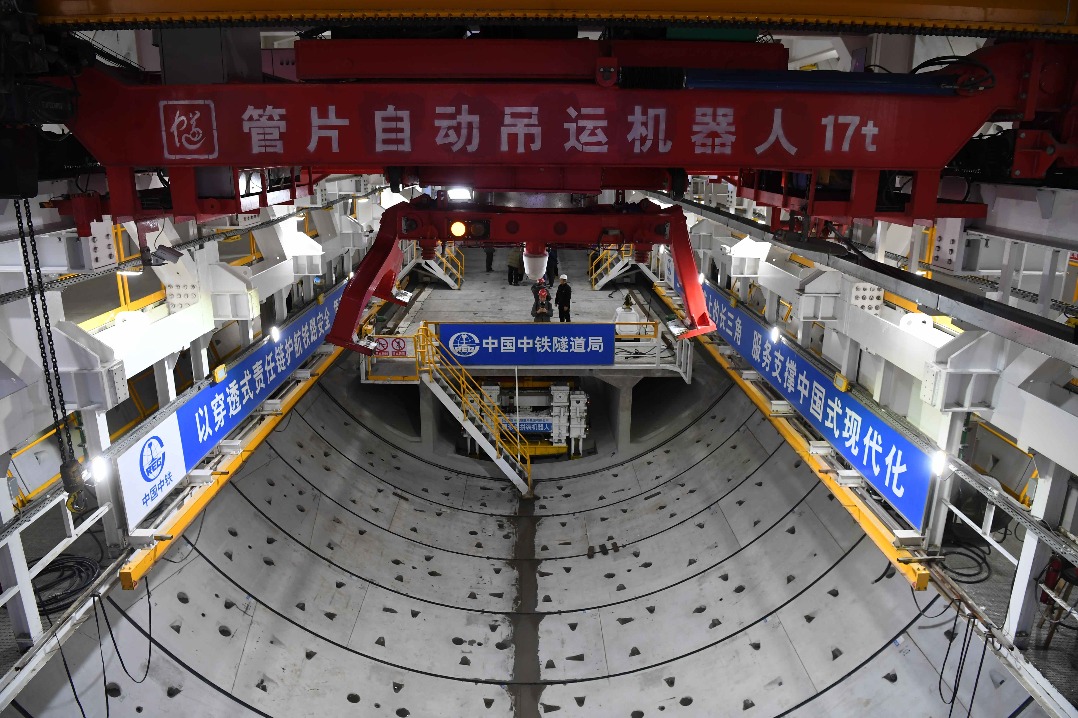In praise of the golden pheasant
A region regarded as a national center for intangible cultural heritage puts its best food forward in nine days of festivities and learning

Is it any wonder that they venerate the golden pheasant in this neck of the woods? For this bird seems to have delivered benefits both tangible and intangible, by the beaksful, to Guizhou province thanks to its rich cultural heritage.
Indeed throughout China, Danzhai county in the province is touted as the "hometown of intangible cultural heritage", 145 cultural projects from the region included in the country's intangible cultural heritage list, including seven of national intangible cultural heritage, 22 provincial, and 34 prefectural.
So if any place in the country has the credentials to stage a national get-together related to culture, it is Danzhai, which is exactly what has been happening since May 15 with the second China Danzhai Intangible Heritage Week hosted by the China Intangible Cultural Heritage Protection Association, which continues until Sunday.
China's top 10 intangible heritage skills, such as rolling lights, stone locks, and wind and fire meteors have been on public display, a rare event in which attendees were able to enjoy a visual feast.
During the nine-day heritage event, the county has also brandished its cultural credentials by highlighting the Miao and Dong ethnic groups and their contribution to the enterprise of intangible cultural heritage.
Batik, one of ancient China's major printing techniques along with tie-dyeing and clip-dyeing, is most representative in Danzhai, and it has become the county's business card, bringing great vitality to local tourism.
Batik and golden pheasant elements are combined to produce "hundred birds clothing", more commonly known as "the epic of the Miao people".
The golden pheasant is a totem handed down from the ancient times of Danzhai Miao people. According to legend, the bird brought rice seed, and the ancestors of the Miao were able to establish a foothold in mountainous southeast Guizhou. The golden pheasant has thus been an object of worship of the Miao people for centuries, and a dance related to it is also a well-known item of intangible cultural heritage.
The artwork of 1,000 people hand-painting the batik of what is called hundred birds clothing has been one of the highlights of the past week.
"It not only represents the joy of the Miao people in the grand festival, but also contains infinite blessings for a better life," says Zhang Yafeng, secretary-general of the China Intangible Cultural Heritage Protection Association.
This 100-meter batik painting scroll has been on display in Yougong Square, Danzhai Wanda Town, throughout the heritage event. Fifty local batik professionals, mostly older women from Danzhai, have had in-depth exchanges with tourists coming to participate in various activities and learning batik techniques.
Visitors have been able to draw a batik golden pheasant on the 100-meter long scroll under the guidance of the inheritors, leaving a personal handwritten memento for this scroll.
"In the process of drawing the golden pheasant, visitors can feel the Miao compatriots' attachment to traditional culture," Zhang says.
"Their simple love of nature and the charm of intangible cultural heritage have lasted for thousands of years."
Lin Meiting, a college student from neighboring Sichuan province, was among the thousands attracted by the heritage week.
"I made a Miao-style birdcage and ancient-style paper with the help of local senior artisans," she said, proud to show what she had produced and to demonstrate what she had learned.
She planned a visit with her parents, and in half a day not only watched two wonderful ethnic performances, she said, but also learned skills related to intangible cultural heritage.
Making bird cages in the Miao fashion is an activity that the village of Kala, in the town of Longquan, is heavily into, 120 households being engaged in the business and producing 120,000 bird cages a year, which are sold throughout the country and in Southeast Asia. Such intangible cultural heritage shops can be found throughout Wanda Town. Interactive and immersive experience shops aimed at popularizing intangible cultural heritage techniques also proliferate in the town.
Merging intangible heritage into scenic spots is an important measure for the integrated development of intangible heritage and tourism, something that nearly 10 experts and scholars from the intangible heritage and tourism industries from all over the country heartily agreed on during the China Intangible Heritage and Tourism Integration Development Forum on May 15.
They hailed the heritage week itself as a great creative effort to thoroughly implement the policy of the Ministry of Culture and Tourism on the sustainable development of intangible heritage.
Among the topics that experts discussed were "Maintaining cultural diversity in life to promote tourism development", and "The integrated construction of cultural and ecological protection areas for rural revitalization".
"Chinese tourism garnered 6 billion visits in 2019, which is more than four times the population of the country," said Luo Shugang, deputy director of the Cultural, History and Learning Committee of the National Committee of the Chinese People's Political Consultative Conference.
"Tourism has become China's largest mobile activity."
In a tourism market as large as that of China, to focus on the construction of tourism civilization, tourism officials must use excellent traditional culture to shape tourism, Luo said, and intangible heritage is the most comprehensive carrier of excellent traditional culture.
"Danzhai Wanda Town is a successful case of intangible cultural heritage meshing with a scenic spot," Luo said.
"The town has created an all-element intangible cultural heritage environment, with intangible cultural heritage seeping into all elements of tourism, including food, housing, transport, travel, shopping and entertainment. I feel and experience intangible cultural heritage everywhere, and the intangible cultural heritage products provided by the town provide tourists with what they want. This successful case is a model for scenic spots across the country."
Xi Jianchao, a researcher at the Institute of Geographical Sciences and Natural Resources Research of the Chinese Academy of Sciences, said in a discussion that when talking about integrating intangible heritage and tourism, intangible cultural heritage is a basic entry point. In fact, many locals are accustomed to the traditional production or lifestyle of intangible heritage. Integration is a form of internal and external sharing of local culture that reflects the basic requirement of a culture to serve people, he said.
"The high-quality development of tourism and intangible cultural heritage come in two dimensions. When the two are integrated and gain momentum, you get what we see in Danzhai: continuous growth in economic output, and a steady increase in social contributions."
The original intention of holding China Danzhai Intangible Heritage Week and China Intangible Heritage and Tourism Integrated Development Forum was to further clarify the idea of integrated development of intangible heritage and tourism so as to promote a deeper and higher level of development.
No doubt with the help of its rich intangible cultural heritage assets, Danzhai has emerged as a tourist attraction. In just four years Danzhai Wanda Town has received more than 20 million tourists and according to official figures by May 12 the number of visitors to Danzhai had risen by 3 percent year-on-year compared with 2019.
Tourism income rose 46 percent over a year in 2019, individual tourists accounting for 79 percent of that spending. Overnight tourists and per capita consumption have risen significantly. During the May 1 Golden Week this year, per capita sales rose 51 percent compared with the same period in 2019.
Luo Shugang cited an example of turning intangible cultural heritage into tourist souvenirs, a common practice in many countries. But intangible cultural heritage products are not just tourist souvenirs, he said. They must be sublimated into tourist souvenirs through innovation.
"This kind of innovation should be realized through interaction with tourists."
The Guizhou Statistics Bureau says that in the period 2016-2020 Guizhou Qiandongnan prefecture received 483 million tourist visits and tourism income of 420 billion yuan, of which intangible cultural heritage tourism accounted for more than half. The prefecture also vigorously supports the construction of intangible cultural heritage projects such as poverty alleviation employment workshops.
Since 2018 more than 20 million yuan has been invested, focusing on supporting the workshops to carry out research and development design, skills training, brand cultivation and publicity and promotion, and the move has helped 12,333 people of 5,620 households to be lifted out of poverty.

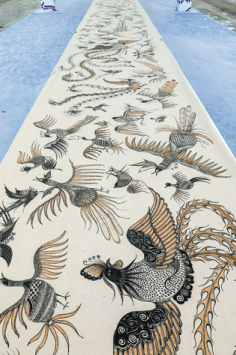
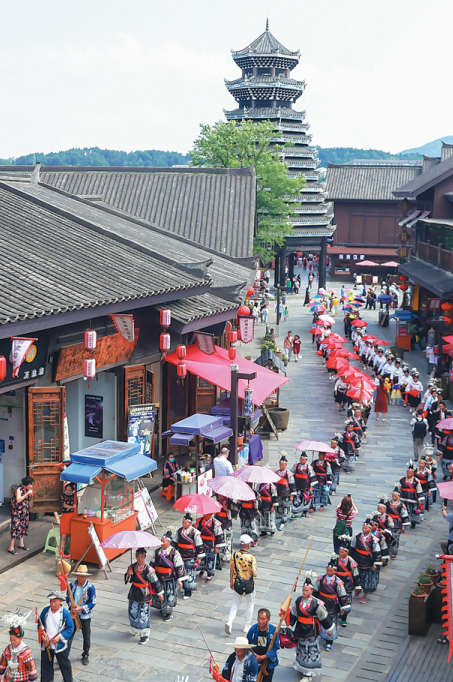
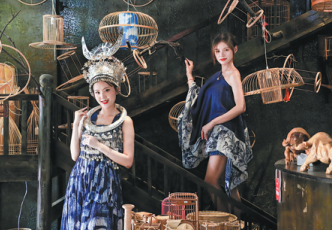
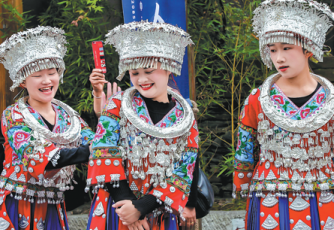
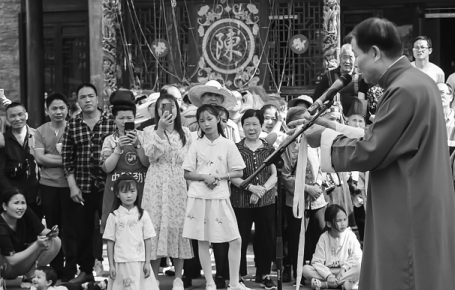
Today's Top News
- Crossing a milestone in the journey called Sinology
- China-Russia media forum held in Beijing
- Where mobility will drive China and the West
- HK community strongly supports Lai's conviction
- Japan paying high price for PM's rhetoric
- Japan's move to mislead public firmly opposed

















